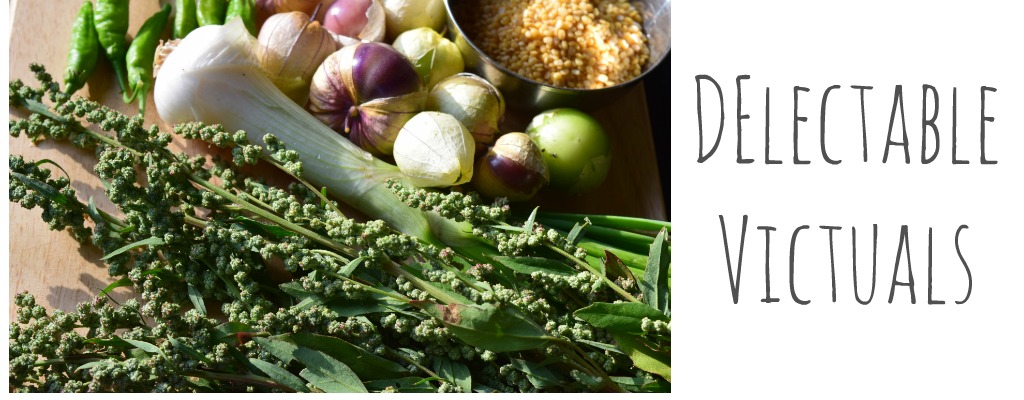spring roll with two dipping sauces
Spring rolls are sort of easy to make and are a favorite appetizer in our family. I just don't make it often as it involves frying, so, every time I make it I try to come up with some nice dipping sauce that makes it interesting :-)
As the dipping sauces kind of take center-stage, I leave the spring rolls plain and simple.
Ginger Garlic Chili Soy Sesame sauce
2 Tbsp low sodium soy sauce
1 Tbsp mirin
1 Tbsp rice wine vinegar
1 tsp kecap manis
1 Tbsp fresh grated ginger
1 Tbsp minced garlic
1/2 tsp cayenne pepper
1 tsp red pepper flakes
1 tsp toasted sesame seeds
Preparation: just combine all the above ingredients and stir well. Adjust to taste, if necessary.
Tangy Lemongrass Peanut sauce
1 Tbsp finely minced lemon grass
1 Tbsp finely grated ginger
1 Tbsp minced garlic
1 Tbsp peanut butter (I prefer chunky)
1 tsp brown sugar
4 Tbsp lemon juice
1 Tbsp rice wine vinegar
1 tsp soy sauce
Preparation:
- heat lemon juice, ginger, garlic, brown sugar and lemongrass in a pan till it reduces a bit; off heat, combine the rest of the ingredients, stir well and serve
Ingredients:
Spring Roll wrappers (I prefer the frozen kind)
Filling - veggies of your choice - julienned or sliced fine - onions, carrots, spring onions, cabbage; pickled ginger, bean sprouts
salt and cayenne pepper to taste
oil for frying
Preparation:
- combine the veggies, season with salt and pepper, set aside
- keep a small bowl of water handy for wetting the wrappers
- the package usually comes with instructions - just spoon some filling, roll up, wet with water to seal
- deep fry in oil, serve warm with the dipping sauces
Labels: asian, fried, snack, spring roll


























